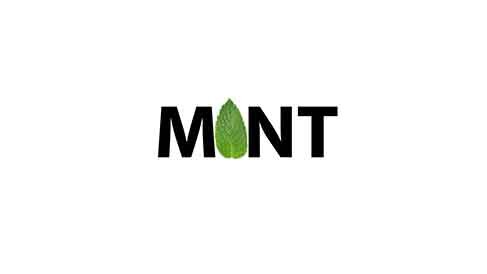Vision lock sounds like something the military might say in a Sci-fi film. It is not. However, it is something that a Producer or Production Manager might talk about during the making of that Sci-fi. Or any film for that matter.
Born out of the film industry, vision lock is a crucial stage in the post-production process. It allows a film, video or piece of content to move from the editor's desk, along the line to VFX, Sound and Colour. It is the point at which the edit has been completed and the next stage can begin.
In typical post-production, vision lock is the signing off on the narrative, the shots used, the clips, the structure and so on. At that point, all parties concerned know that the visuals are not going to change from now on.
In modern content creation, this important step is no longer limited to film. Everything we see on TV will have a vision lock stage. Broadcasters, independents, a whole host of studios all inspired post-production houses, video production companies and agencies to follow suit. Why?
Because it is the most efficient and most cost-effective way of working.
When vision lock is agreed the VFX department, sound, colour and any animators know they can start their work without someone coming in and changing the edit. Without vision lock this is exactly what happens. Imagine how annoying that would be, and the cost of, all those people having to start again? Every keyframe, masking, sound effects, compositions and colour all starting over? The work is doubled. If the sequence was then to change again? You’ve guessed it. They all start again, and it keeps going until the final piece of content is signed off.
This is most prevalent in advertising and marketing because this is where edits for video content are often changed late on. So, to reduce cost, promote efficiency and create content quicker? This is why you need vision lock as a sign off stage in your workflow.

